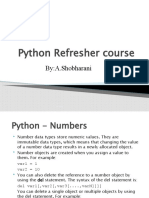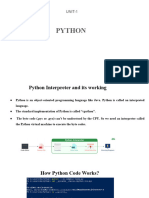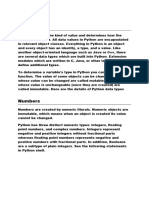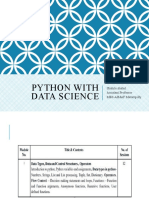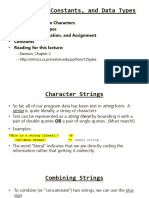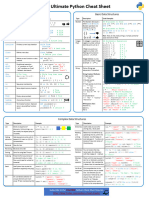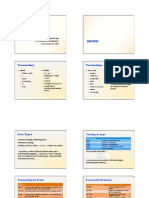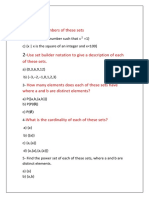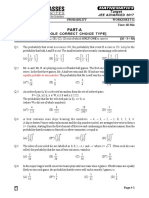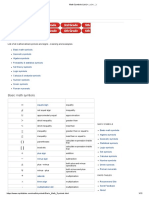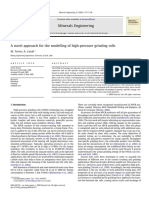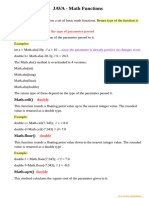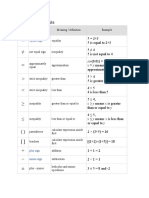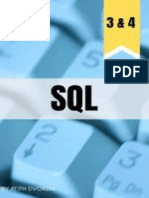0% found this document useful (0 votes)
5 views20 pagesStrings Python
The document provides an overview of Python's number and string data types, detailing their characteristics, creation, and manipulation. It explains the immutability of numbers and strings, type conversion, and various mathematical and string functions available in Python. Additionally, it covers special operators, Unicode strings, and built-in string methods for effective string handling.
Uploaded by
liflif942Copyright
© © All Rights Reserved
We take content rights seriously. If you suspect this is your content, claim it here.
Available Formats
Download as PPT, PDF, TXT or read online on Scribd
0% found this document useful (0 votes)
5 views20 pagesStrings Python
The document provides an overview of Python's number and string data types, detailing their characteristics, creation, and manipulation. It explains the immutability of numbers and strings, type conversion, and various mathematical and string functions available in Python. Additionally, it covers special operators, Unicode strings, and built-in string methods for effective string handling.
Uploaded by
liflif942Copyright
© © All Rights Reserved
We take content rights seriously. If you suspect this is your content, claim it here.
Available Formats
Download as PPT, PDF, TXT or read online on Scribd
/ 20
